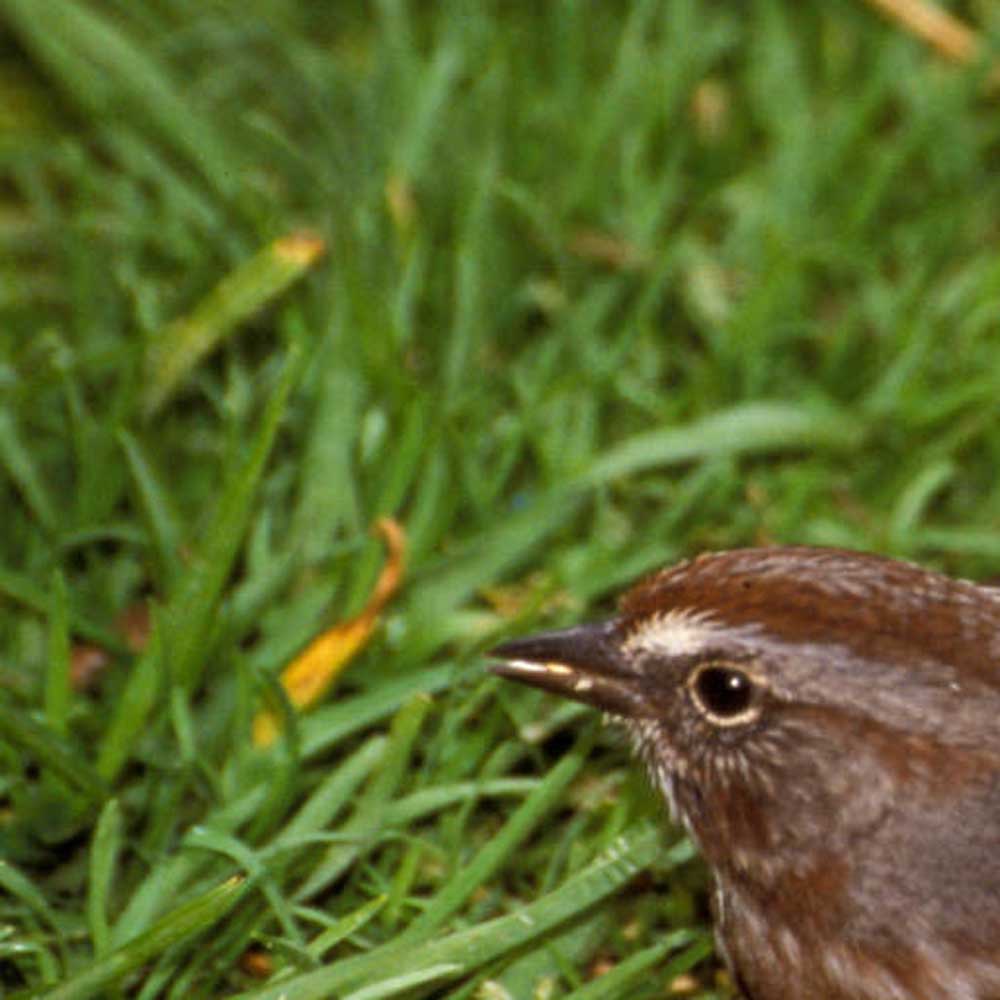Song sparrow is a melodic singer
Published 12:00 am Wednesday, November 19, 2014

- Courtesy U.S. Fish and Wildlife Service / Submitted photoSong sparrow
Song sparrow
Scientific name: Melospiza melodia
Characteristics: A long-tailed and stout-billed sparrow that exhibits a diversity of plumage across its range. At 6 to 7 inches long, these sparrows often have a central dark breast spot, streaked brown back and brown-streaked breast and flanks with a white belly. The head has a brown crown with a pale central stripe, grayish face and dark eyeline. The white throat has a dark border that gives way to a pale to whitish cheek stripe. The tail and wings are reddish-brown and the wings have two pale wing bars. Sexes have similar plumage.
Breeding: A cup-shaped nest made of plant materials may be built on the ground or in a shrub. Two to six blue-green to grayish colored eggs with reddish marks are incubated by the female for about two weeks until they hatch. Pairs may raise several broods per season; seven broods is the record.
Range: Found throughout North America and into Central Mexico; migratory in some northern parts of its range.
Habitat: Occurs in a variety of habitats that are generally at lower elevations and brushy riparian areas, forest edges, thickets, including marshes and residential areas.
Food: Eats seeds, grass, berries, insects, crustaceans, mollusks and commercial bird seed.
Comments: This prolific singer’s song mnemonic is often represented as “Madge, Madge, Madge, put on your tea-kettle-ettl.” The genus name translates into “song finch” and the species name means “pleasant song.” Both names, and the common name, reflect the prolific and pleasant singing qualities of this species. A flock of song sparrows is known as a choir or chorus. Though there is diversity of size and plumage across its range, song sparrows exhibit low genetic variability in their populations. Song sparrow nests are highly parasitized by brown-headed or bronzed cowbirds, which lay their eggs in the sparrow’s nest. Song sparrows are members of the finch family.
Current viewing: Shevlin Park, Deschutes River Trail, Hatfield Ponds, Camp Polk and other areas in the region.
— Damian Fagan is an East Cascades Audubon Society volunteer and COCC Community Learning instructor. He can be reached at damian.fagan@hotmail.com.
Sources: Oregon Department of Wildlife Resources, www.allaboutbirds.com and “The Audubon Society Encyclopedia of North American Birds” by John Terres






